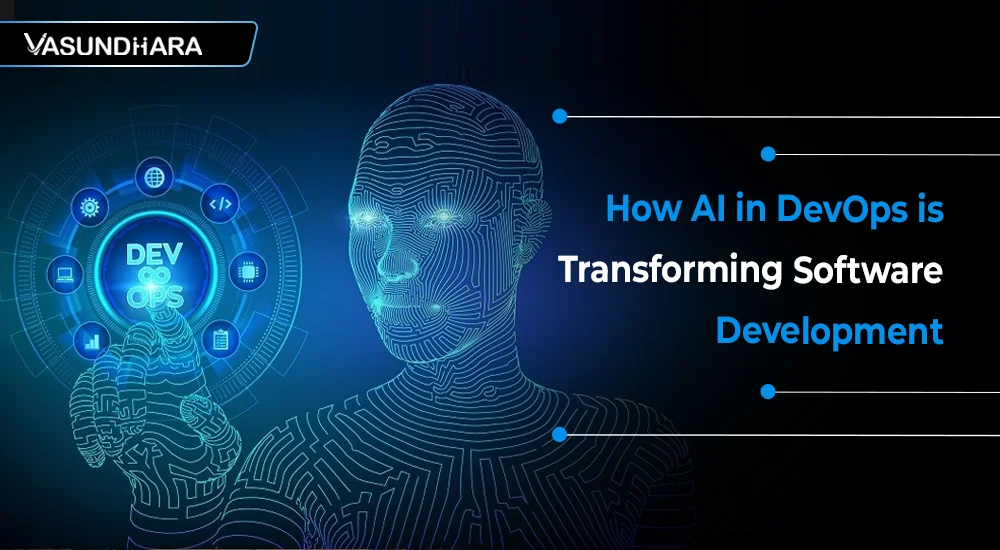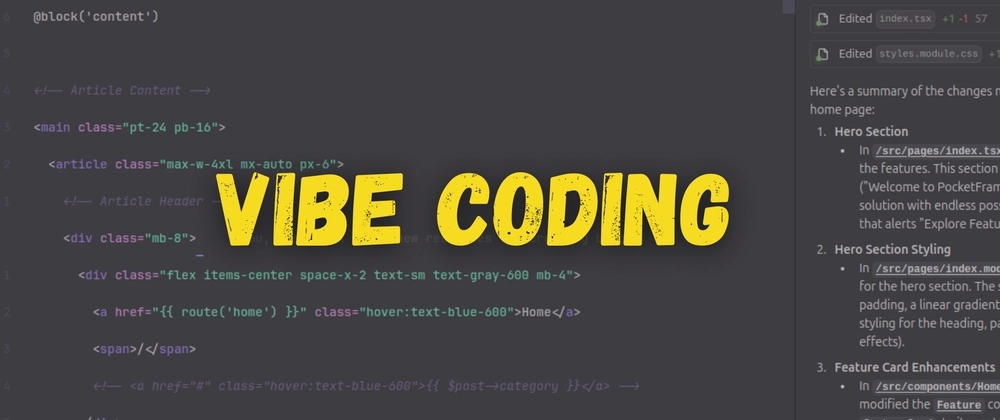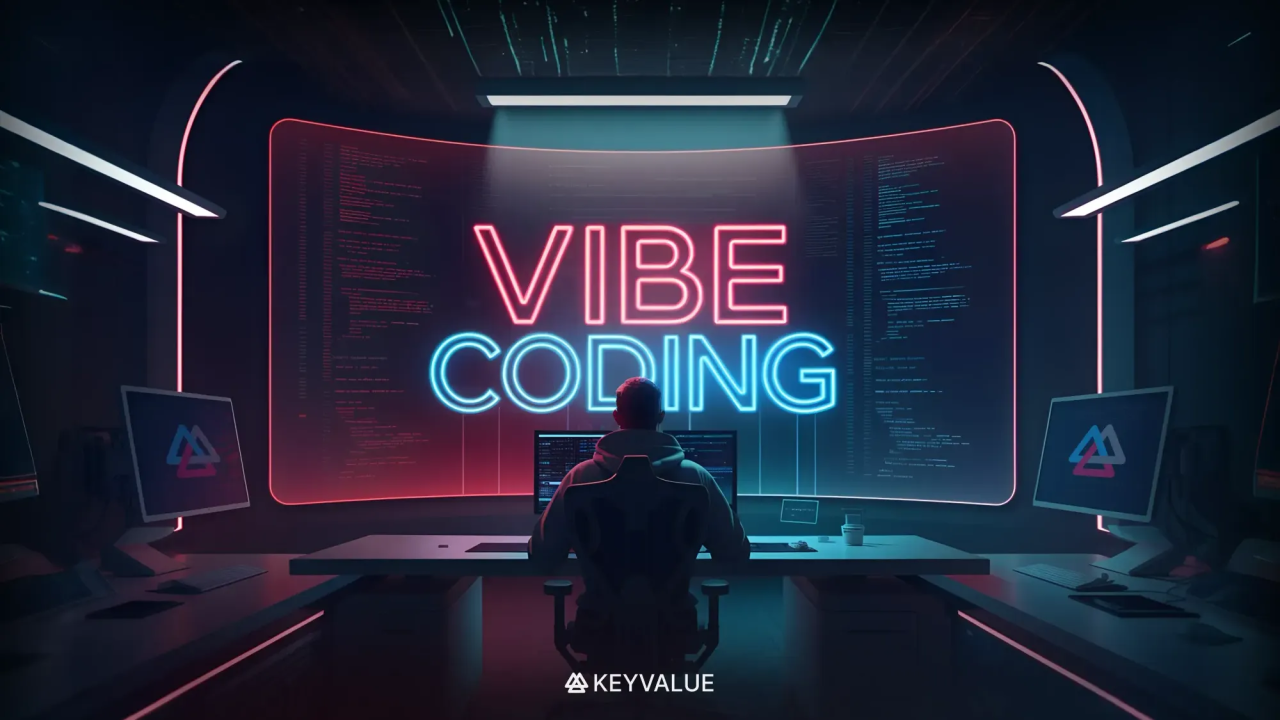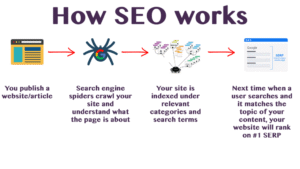Software development has always been about solving problems — from simple calculators to sophisticated enterprise systems. But with the rapid evolution of artificial intelligence (AI), we’re no longer coding the way we used to. A new era is emerging, one where AI doesn’t just assist developers — it transforms how we build, test, and maintain software. Welcome to the world of Vibe Coding.
In this article, we’ll explore how AI is reshaping software development, practical ways developers can leverage it today, and what the future might hold. Whether you’re a junior dev, a tech lead, or just curious, there’s something here for you.
What is Vibe Coding?
Vibe Coding refers to a modern, intuitive, and AI-enhanced approach to software development where tools adapt to your intent, style, and workflow. It’s less about writing every line manually and more about collaborating with smart systems that understand your needs.
It’s not just automation — it’s alignment between human creativity and machine intelligence.
Key Traits of Vibe Coding:
- Code suggestions that feel like they “get you”
- Error detection that’s proactive, not reactive
- Natural language input that translates into actual code
- Seamless integration with DevOps and testing pipelines
- Learning from your coding habits to personalize support

How AI is Transforming Software Development
Let’s break down the core areas where AI is making an impact.
1. Code Generation and Autocompletion
Remember when autocomplete just suggested variable names? Those days are over.
Modern AI-powered tools like GitHub Copilot, Amazon CodeWhisperer, and Tabnine can write entire functions, suggest optimal patterns, and even comment your code.
Real-World Example:
A front-end developer building a React form can now write:
// Create a user registration form with validation
…and let the AI generate the base JSX, input validation, and error handling — within seconds.
Actionable Tip:
Start integrating tools like Copilot into your IDE (e.g., VS Code). Let the AI handle boilerplate code so you can focus on logic and user experience.
2. Automated Testing and Debugging
AI doesn’t just write code — it watches how it runs. Tools like Diffblue Cover can generate unit tests automatically, while DeepCode analyzes codebases to find security issues and logic bugs.
Benefits:
- Faster time to production
- Fewer bugs slipping into production
- Improved code quality and maintainability
Actionable Tip:
Incorporate AI testing tools early in your CI/CD pipeline. Use them not just for regression testing but also to flag potential logic flaws before code reviews.
3. Natural Language to Code
Imagine describing an app in plain English and getting a functional prototype back. That’s now possible with AI systems like OpenAI Codex or Replit Ghostwriter.
Example Use Case:
A product manager types:
“Build a Flask API that accepts a JSON object with user info and stores it in a PostgreSQL database.”
In seconds, they get working code they can test or hand off to a dev team.
Actionable Tip:
Use this approach for rapid prototyping or early MVPs. It’s a great way to align business goals with technical output.
4. Project Management and DevOps Automation
AI is also stepping into the project management and deployment side of development. Tools like Jira Assist, Linear, and Azure DevOps AI can:
- Suggest sprint planning strategies
- Predict delays
- Recommend code reviewers based on file ownership
- Automate deployment decisions based on traffic and performance
Actionable Tip:
Set up AI-based DevOps workflows that adapt based on your project’s metrics. For example, auto-scaling a microservice based on historical usage patterns.

Why Vibe Coding Is the Future
The idea behind Vibe Coding isn’t just about speed — it’s about flow. Developers get into a rhythm when distractions are minimized and context is preserved. AI makes that possible.
Benefits of Vibe Coding:
- Fewer context switches (no more jumping between Stack Overflow tabs)
- Increased creativity (less time on boilerplate, more time solving real problems)
- Better team collaboration (shared context through smart documentation tools)
- Faster onboarding (new developers ramp up quickly with intelligent code summaries)
Getting Started with AI in Your Dev Workflow
Here’s a simple roadmap to start practicing Vibe Coding in your daily routine:
Step 1: Start Small
Try an AI code assistant (e.g., GitHub Copilot) and use it in parallel with your normal coding.
Step 2: Use AI in Code Reviews
Adopt tools like DeepSource or CodeGuru that analyze PRs and suggest improvements.
Step 3: Automate Testing
Experiment with automated test generation tools like Diffblue or Testim.
Step 4: Prototype with Prompts
Use natural language-to-code tools to sketch ideas or internal tools faster.
Step 5: Measure & Adjust
Track productivity improvements, bug rates, and developer satisfaction to validate the value AI brings.
Challenges and Considerations
While AI is powerful, it’s not perfect. Here are a few things to keep in mind:
- Bias in training data can produce suboptimal code
- Over-reliance on AI may reduce learning for junior developers
- Security and privacy need careful handling, especially with cloud-based AI tools
Treat AI as a co-pilot, not the pilot.
Final Thoughts: Embrace the Vibe
AI is not replacing developers. It’s enhancing them. Vibe Coding is about working in harmony with intelligent systems to unlock new levels of productivity and creativity.
As the tools evolve, so should our mindset. It’s time to stop thinking of AI as a gimmick — and start treating it as an essential part of the modern software toolkit.
The future of development isn’t just faster — it’s smoother, smarter, and way more in tune with your vibe.
Have you started Vibe Coding yet?
Share your experience, favorite tools, or concerns in the comments. Let’s learn and grow together.









Add comment
You must be logged in to post a comment.